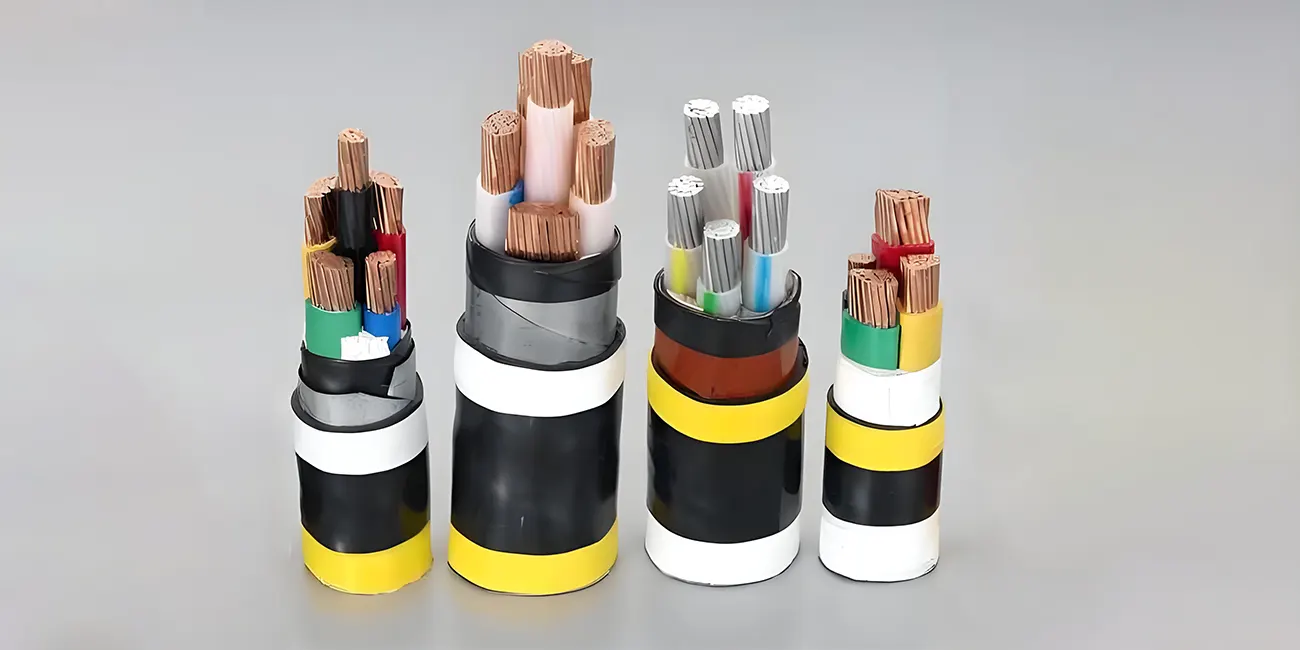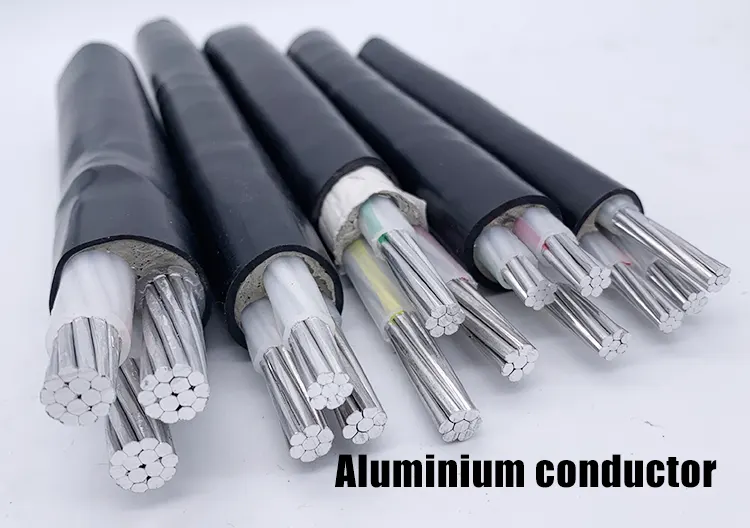
By Admin
2025-03-21 07:16:21
Application of Aluminum Wires in High Voltage Wiring Harnesses for New Energy
In people's traditional understanding, the use of copper in automotive wiring harnesses is a deeply rooted concept.
After all, copper wires have strong conductivity and high stability.
When it comes to the use of aluminum wires, many people's first reaction is: Are they cutting corners to reduce costs? Although aluminum and copper have different conductivity, the same current carrying capacity can be achieved by adjusting the cross-sectional area. Moreover, aluminum wires are about 30% lighter than copper wires, which can effectively reduce the vehicle's weight.
The application of aluminum wires in new energy vehicles is not about cutting corners but is based on a comprehensive consideration of multiple factors such as cost control, lightweight requirements, good flexibility in processing, and oxidation resistance.
In the field of automotive wiring harnesses, copper and aluminum wires are the two most common materials with unique performance characteristics. Below, we will conduct a performance comparison between copper and aluminum wires from several key aspects such as conductivity, mechanical strength, density, and cost.
| Wire type | Material grade | Density(g/cm3) | Conductivity |
Tensile Strength (N/mm²) |
Flexural properties (Number of cycles) |
|
Copper Conductor |
Cu-ETP1 | 8.9 | 100% | >220N/mm² | 500 times |
|
Aluminium Conductor |
AL | 2.7 | 60% | >70N/mm² | N/A |
Conductivity: In terms of conductivity, copper wires are undoubtedly outstanding. The conductivity of copper is about 100% IACS (International Annealed Copper Standard), while the conductivity of aluminum is about 60% IACS, which means that under the same conditions, copper wires can transmit larger currents and generate less heat. From the data, the resistivity of copper is 1.72 × 10 ⁻⁸Ω· m, and the resistivity of aluminum is 2.83 × 10 ⁻⁸Ω· m. The resistivity of aluminum is approximately 1.65 times that of copper. That is to say, to achieve the same conductivity effect, the cross-sectional area of aluminum wire needs to be larger than that of copper wire.
Mechanical strength: In terms of mechanical strength, copper wires also have the upper hand. Copper has high strength and hardness, with a tensile strength generally between 200-400 MPa, while aluminum has a relatively low tensile strength, typically between 90-250 MPa. This makes copper wires less prone to deformation or breakage when subjected to external forces. In addition, copper wires have better flexibility, making them easier to wire and install in complex spaces inside cars, while aluminum wires need to be more careful when bent to avoid breakage.

Density: In this aspect of density, aluminum wire successfully regained its position. The density of aluminum is about 2.7g/cm ³, while the density of copper is as high as 8.96g/cm ³, and the density of aluminum is less than one-third of that of copper. This characteristic gives aluminum wires a significant advantage in weight, which undoubtedly has great appeal for new energy vehicles pursuing lightweight. Taking an ordinary car as an example, if aluminum wires are used instead of copper wires as the wiring harness material, the weight of the wiring harness can be reduced by about 30% -50%, which is of great significance for reducing the overall weight of the vehicle and improving energy utilization efficiency. Reducing the weight of a car is like giving athletes less weight, allowing the car to run faster and more energy-efficient.

Cost: Cost is one of the important factors affecting material selection, and in this regard, aluminum wires have demonstrated significant advantages. Due to the abundant reserves of aluminum, the mining and refining costs are relatively low, and its price is much cheaper than copper. Currently, the price of copper is approximately 3-4 times that of aluminum. For car manufacturers, using aluminum wires can significantly reduce production costs and improve product market competitiveness. Especially in large-scale production, cost reduction will bring considerable economic benefits.



